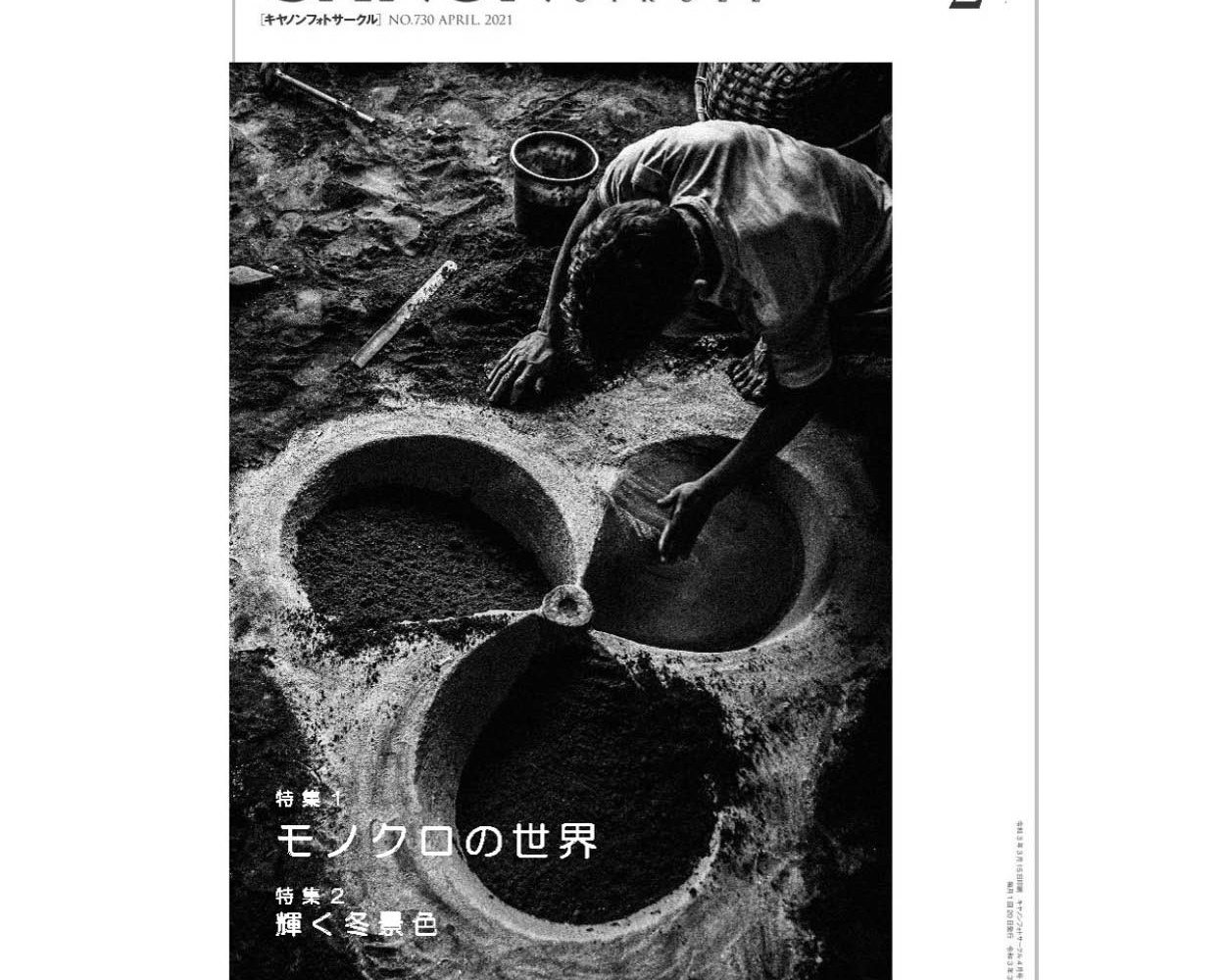Yoshida's 2017 work, "The Absence of Two," was selected for inclusion in the September 1 issue of Pen's special feature article, "Photography in the 21st Century," entitled "21 Masterpieces Expressing the Century from 2001 to 2020.
"The Absence of Two" was originally titled "Falling Leaves". This was because Yoshida's cousin, who was the subject of the work, had committed suicide and was found buried in the fallen leaves of the forest. When Yoshida visited the place for the fourth time, he took out his camera for the first time, set up a tripod, and took a picture of the forest with an exposure of 20 to 30 seconds. The forest was buzzing. It was as if his soul was being sucked into the sky. Yoshida wanted to relive the time that his cousin must have felt. A young cousin trimming his grandmother's nails in an everyday scene. It would never have occurred to him that this photograph would become a symbol of the events that would follow.
Yoshida's starting point is the desire to "lock in time. He began photographing his cousin and grandmother because their relationship was so intimate that he wanted to preserve it. Three years had passed since I decided to turn my camera on these ordinary days and weave a story until my grandmother's death, which was not far away. However, the story comes to an end with the sad ending of the cousin's suicide.
There are stories that we can sympathize with because they are small and expand our imagination. Perhaps it is easier to project an individual's own small story rather than the big news that is happening in the world. There are more than 7 billion people living in the same time on the earth. There is a whirlwind of bare energy, human thoughts, wishes, and passions. Yoshida says that he would like to weave a story that touches the heartstrings by overlaying his own experiences. In photographic expression, there are margins. The margins of photographic expression allow us to let our imagination run wild and expand our own stories. I look forward to the "stories that can only be created through photography" that Yoshida will weave in the future.
Yoshida's starting point is the desire to "lock in time. He began photographing his cousin and grandmother because their relationship was so intimate that he wanted to preserve it. Three years had passed since I decided to turn my camera on these ordinary days and weave a story until my grandmother's death, which was not far away. However, the story comes to an end with the sad ending of the cousin's suicide.
There are stories that we can sympathize with because they are small and expand our imagination. Perhaps it is easier to project an individual's own small story rather than the big news that is happening in the world. There are more than 7 billion people living in the same time on the earth. There is a whirlwind of bare energy, human thoughts, wishes, and passions. Yoshida says that he would like to weave a story that touches the heartstrings by overlaying his own experiences. In photographic expression, there are margins. The margins of photographic expression allow us to let our imagination run wild and expand our own stories. I look forward to the "stories that can only be created through photography" that Yoshida will weave in the future.





